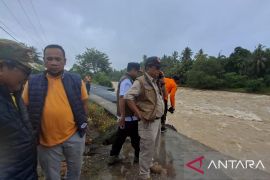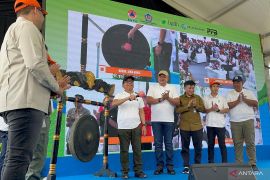"Based on research, women and children have a 14 times higher risk of dying (in a disaster) than adult men. Women and children are often around homes and schools, and they move rather slower," BNPB official Rahmawati Husein explained here on Thursday.
At a webinar on "Contingency Plan to Face Megathrust from the Children's Perspective," she said that when disasters occur, children have a higher risk of suffering psychosocial trauma than adults.
Moreover, following disasters, the dropout rate of girls and violence against children increase.
Husein reminded that the ability to save oneself during a disaster is very important.
"We have to rely on ourselves, we cannot depend on others. Survivors who are able to save themselves are 34.9 percent, 31.9 percent are saved by their family members, and the other 28.1 percent are saved by neighbors," she said.
In addition, the potential of a megathrust quake in Indonesia is very high, she noted.
The Indonesian Disaster Risk Index (IRBI) is proof that no district/city in the country is free from disaster threats.
"In the 2022 IRBI, as many as 293 districts/cities have an index value of medium risk and 221 districts/cities have a high risk," she pointed out.
Furthermore, Indonesia is ranked 35th out of 181 most disaster-prone countries in the World Risk Index.
"The term megathrust comes from two words, 'mega' which means 'big,' and 'thrust' which means 'push' or 'pressure.' This type of earthquake can reach a magnitude of up to 9.9, making it one of the strongest earthquakes that can potentially cause a tsunami," Husein explained.
Related news: W Sumatra's Padang holds megathrust quake simulation
Related news: Jakarta prepares to face megathrust earthquake risks
Translator: Anita D, Kenzu
Editor: Aditya Eko Sigit Wicaksono
Copyright © ANTARA 2024












